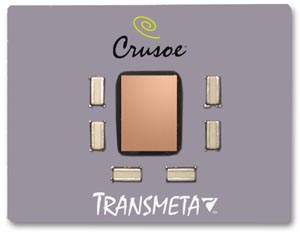- Joined
- May 18, 1997
- Messages
- 55,598
The Top 5 Worst CPUs of All Time
We reach back over 20 years to think about what are worst CPUs we have ever had to deal with. Whether it be technical issues or for reasons of simply disappointing the market, these CPUs sucked in some way. Some CPUs you will remember, so you won't, and some you will wish that you did not remember.
We reach back over 20 years to think about what are worst CPUs we have ever had to deal with. Whether it be technical issues or for reasons of simply disappointing the market, these CPUs sucked in some way. Some CPUs you will remember, so you won't, and some you will wish that you did not remember.
![[H]ard|Forum](/styles/hardforum/xenforo/logo_dark.png)
